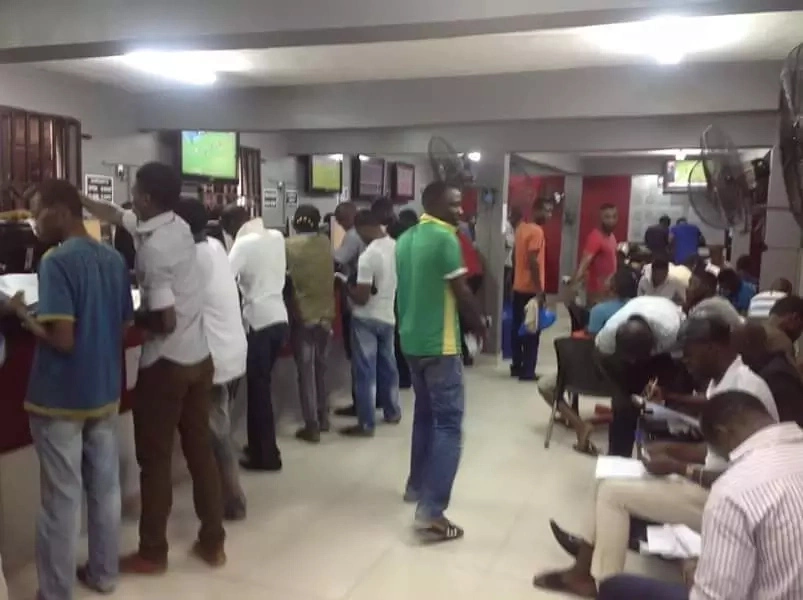Lockdown accelerate online gaming

One of the first things you can do if you’re new to betting is to know how betting odds work. It’s extremely important because it allows you to consider the probability of an incident and what the future gains will be. However, it may seem confusing at first but you read betting sites review and this article to get a full insight into how betting odds work.

In the context of sports betting, odds essentially serve two ends. Firstly, the payouts of the winning wagers are measured using them. If you place a bet with a bookmaker, at the time you will be given odds which will affect how much you can win. The higher they are, the more relative to your stake you are up to win.
Lagbaja reacts to recent rape saga in Nigeria
Secondly, probabilities also reflect the likelihood that any particular outcome will happen. The more likely they are to reach a result, the lower they will be. This makes perfect sense, as you’d expect to win less when you bet on an outcome that’s likely than when you bet on an unlikely outcome.
What do Odds Represent?
Generally, bookmakers, such asSportyBet, Betnaija, Nairabet and others, have their odds displayed in decimals, fractions or an American style. All of them look different but all mean the same thing. All odds are a reflection of the likelihood that something would happen. The fact that there are many different formats of odds-American, Decimal and Fractional-illustrates the point that odds are simply a means to an end, i.e., offering bets. Bookmakers really do deal with probability-measured risks.
Odds Format and How to calculate betting odds
There are three different formats of odds and they are listed as follows:
Moneyline/American Odds: Moneyline odds are also known as American odds and this is the most commonly used format in the United States. They may be seen either as a positive or as a negative number. A positive number expresses how much a right $100 wager will win, while a negative number expresses how much stake you’d need to make to win $100.
Decimal Odds: The number indicates how much the total payout will be including the original stake per staked unit. For example, for every staked $1 a winning bet at 1.5 would return a total of $1.50. A winning bet at 2.25 for every $1 staked would return a total of $2.25. An even bet for money is represented as 2.00.
Fractional Odds: Such chances are shown as a percentage, as the name suggests. A simple example of this is 3/1, which is called “three to one.” 5/1 is said to be “five to one,” and so forth. For 3/1, you can win 3 units for each staked unit and with 5/1 you can win 5 units for each staked unit. 1/1 is even money, so for every unit staked you can win one. That is quite straightforward so far, as you can see.
With a good understanding of how to measure the likelihood yourself and how it relates to the odds given by the bookmaker, you will start making more educated decisions when it comes to what you should bet on, when you should bet and how much you should stake in the bets you make.








